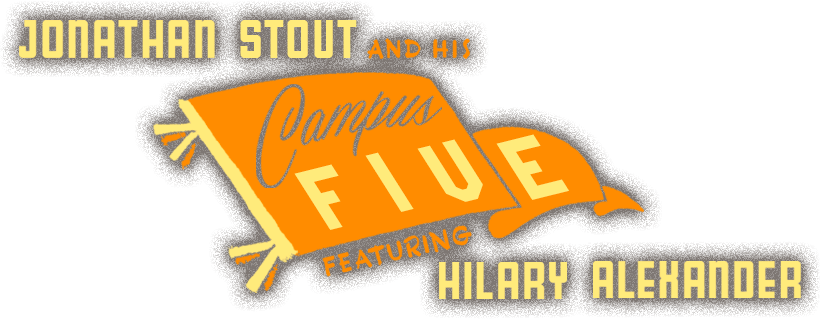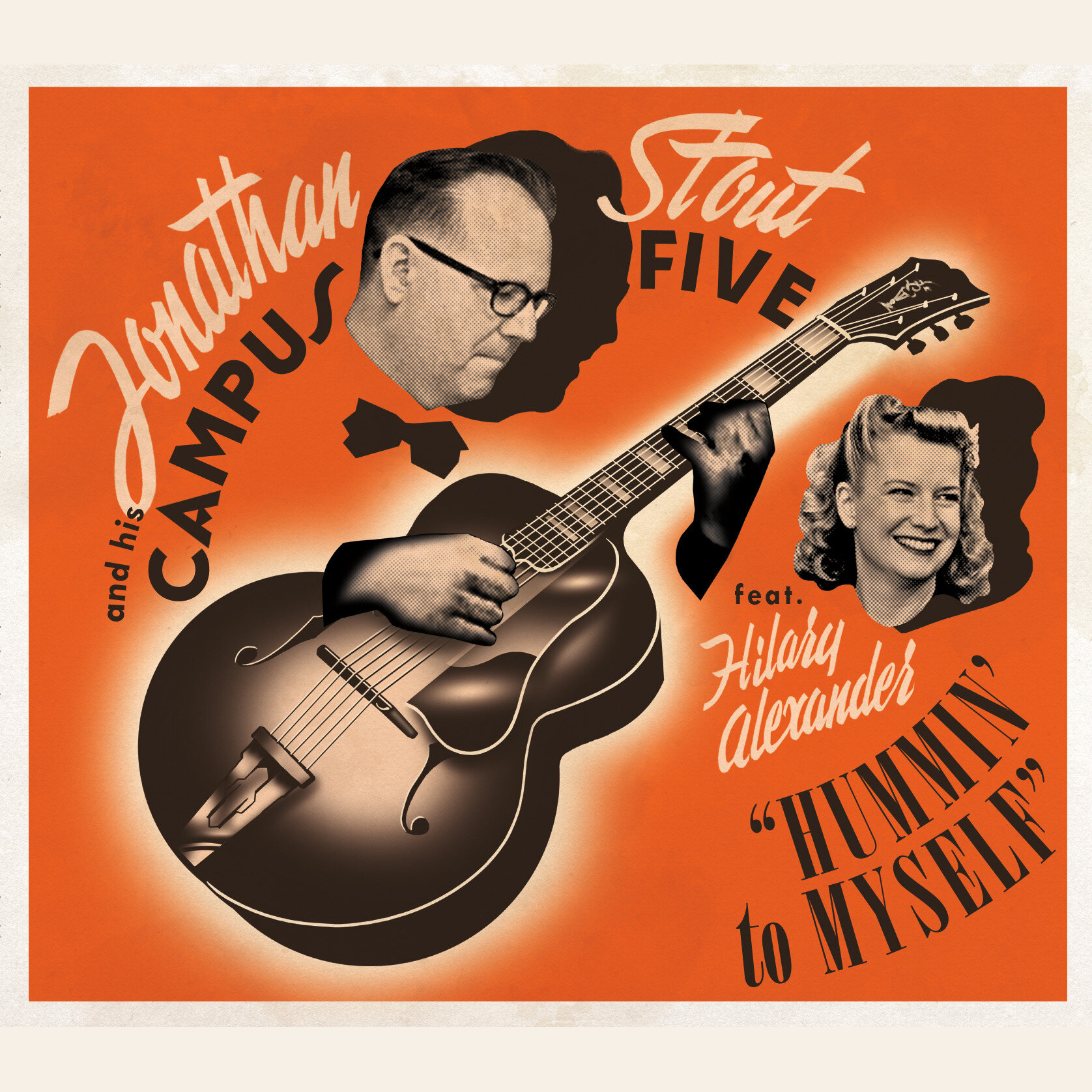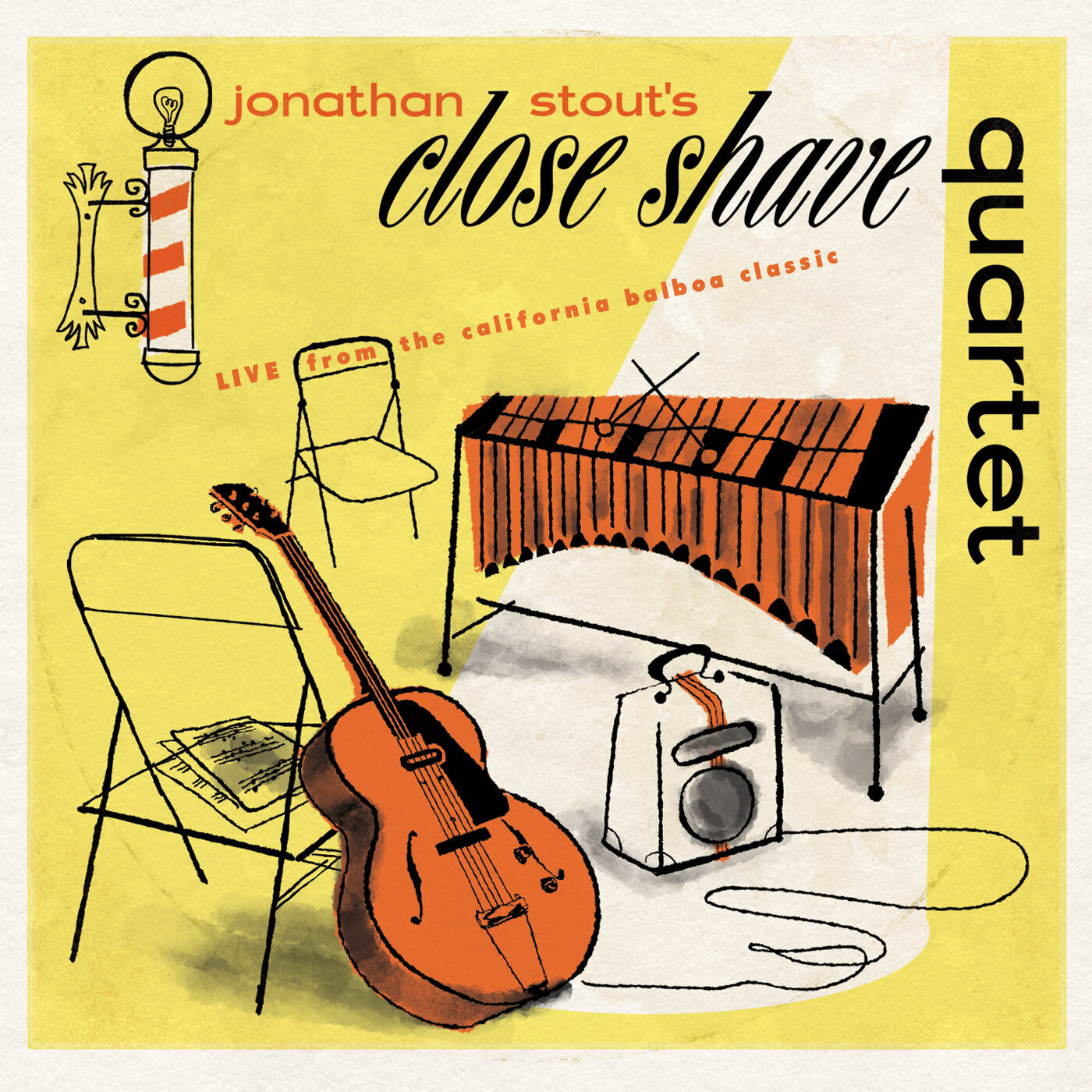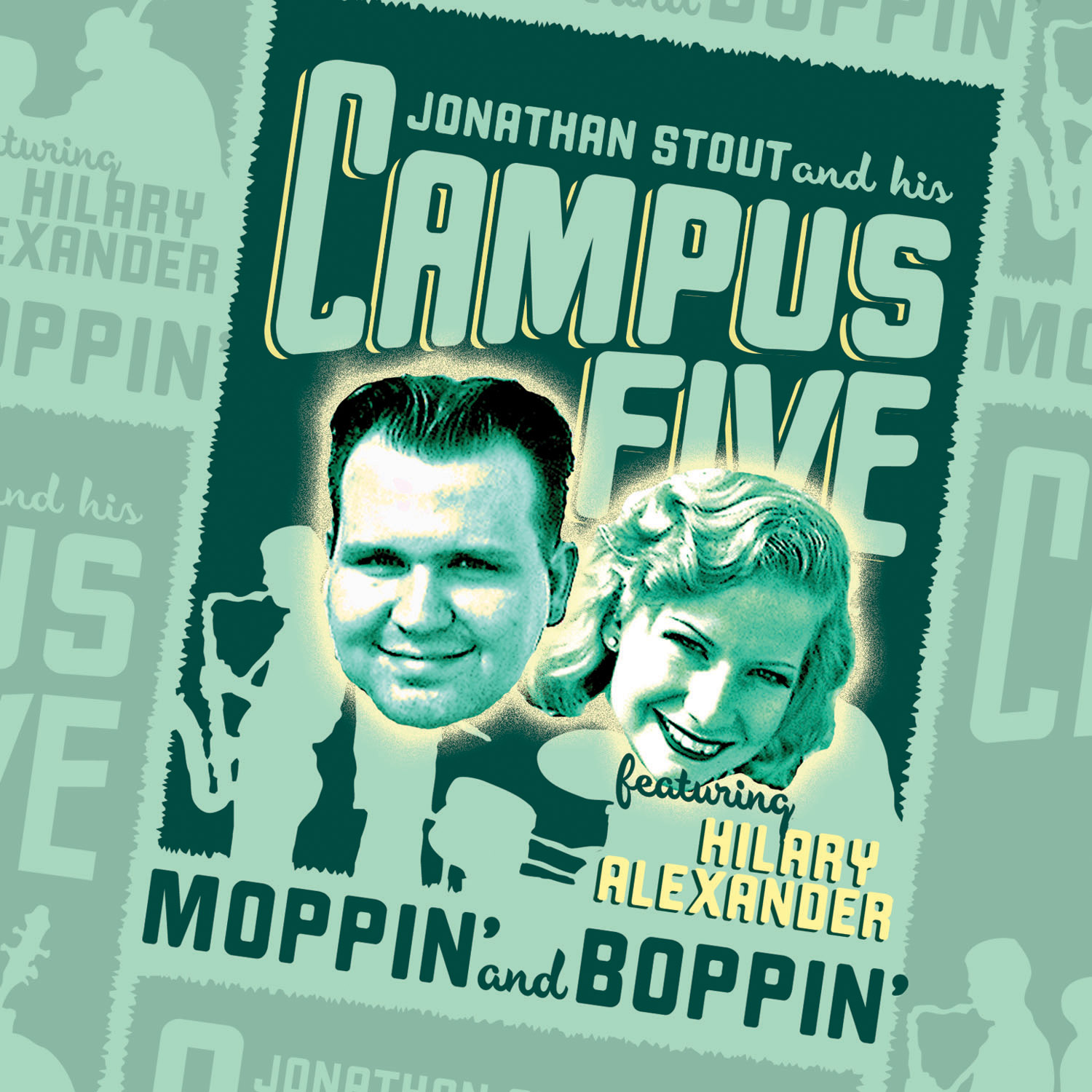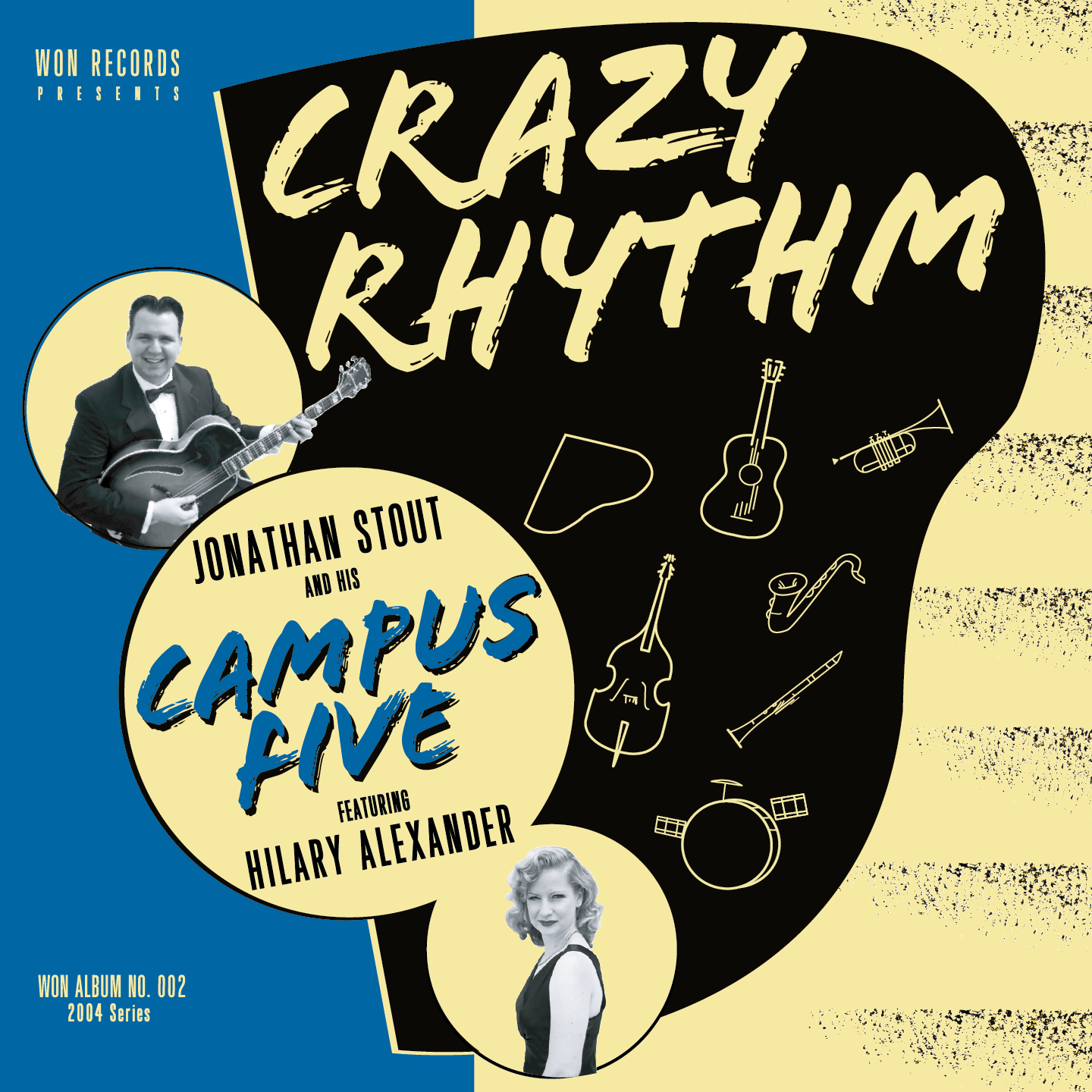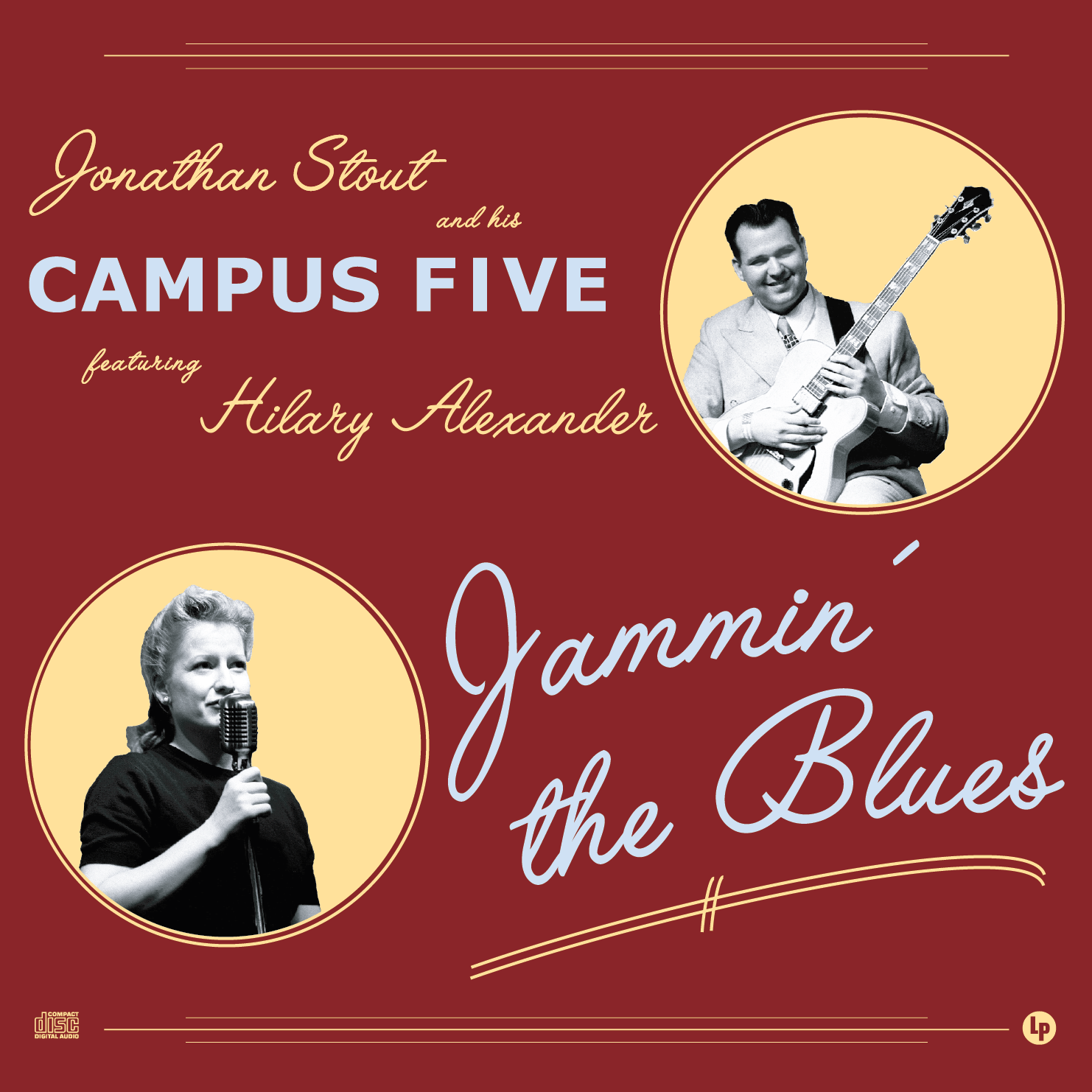Swing Time Feel: Rhythm Guitar Technique
/Hopefully you’ve read the last post about Swing-Era Time-Feel, and if not, stop and go read it and listen to the examples first. Ok, now that we have that out of the way, today’s post will be focused on the left-hand and right-hand technique necessary to achieve the right sound for Swing-Era Rhythm Guitar
The sound
As we discussed in the last post, the unique rhythmic feel of the swing-era involves the chunky, pumping, four-beat rhythm.

It’s important that each note be separate and distinct from the next. Short, fat little round notes. But, you don’t want them to be so short as to be choked.
Left Hand Technique
The left hand is the most important part of the equation, since the left hand is responsible for how long fretted notes ring. You’ll want to “pump” your fingers for each beat; pressing down only as much as is necessary for notes to sound, and releasing only as much as is necessary to mute the strings. Your fingers will never completely leave the strings.
Notice how each note is even, and there is no particular accents. There is clear separation between each note, but the notes were not choked, or stunted.
Right Hand Technique
Picking technique is also important. You’ll want to avoid emphasizing the low E string, because it can easy buzz against the fretboard if you hit hard. Rather, you should emphasize the D and G strings. These notes do the real work, anyway. As far as picking position, there are two schools of thought. Some prefer to just strum away over the end of the fretboard, basically where a neck pickup would be, if you had one. See, just look where Freddie Green is pickin':

Others alternate between the neck pickup area on beats 1 and 3, and the bridge pickup area on beats 2 and 4. I generally strum in the neck position, because I like to really keep the beats even, however I will alternate if there is a really heavy shout chorus, and I want to even further accentuate the back beat.
Guitar selection
A quick note on guitar selection. Much of the sound signature sound of swing-era rhythm guitar is tied to the instruments used – the acoustic archtop. Acoustic archtops have just the right amount of sustain, so getting the right time-feel is second nature. Selmer-style “Django” guitars come in at close second, and then flattop acoustics. Electric guitars, even hollow-bodied ones will have way too much sustain when plugged-in and amplified through an electric guitar amplifier. In a pinch, it can be done on a hollow-body electric, but there you will have to change up your technique a bit to compensate. More on that particular problem to follow.
*By the way I'm just playing a I-vi-iiV7 pattern in Bb, and my strings are kinda dead.
